
Today I’ve got a quick tutorial for you that I think you’ll enjoy! This is helpful for many projects, like my Quilter’s Planner cover! I’ve finished my cover (keep scrolling for a sneak peek), and am planning on creating an amazing cover pattern for 2020!
This year I decided that New Year’s Resolutions just don’t do it for me. I fail by February and then I give up. So this year, inspired by a talk I recently heard by Meg Cox, I chose to pick a word.
One word. For the whole year.
I chose Balance…but that’s all I’m going to say for now! I’ll be giving you the whole scoop as the year goes on…
Now, I’m sure you’re hoping to get to the tutorial! So, here we go:
Note: Some of the product links in this post are affiliate links. This means that if you choose to click on them or purchase through them, I will receive a small commission. Affiliate links are a wonderful because they don’t add to your cost and allow me to continue providing you with awesome free content every week. Thanks for your support!
I ran across a problem as I was creating my cover, I created the cover from some gorgeous Riley Blake fat eighths and some simple navy fabric. I love incorporating embroidery in my projects whenever I can, so this was perfect!
The Problem: I wasn’t willing to use chalk to transfer my lines. I couldn’t get a precise line with it, so I came up with a new solution!
Wash-N-Gone interfacing is my new favorite tool. It’s not new, but I recently just discovered it.
This interfacing is incredibly versatile, but fantastic for embroidering on black or navy fabrics. Here’s how to use it:
Embroidering on Dark Fabric
What You’ll Need
The beauty of embroidery is the simplicity. Find some thread you love and you’re ready to go! When embroidering on dark fabrics, just grab a scrap of Wash-N-Gone interfacing and your regular supplies.
- Embroidery Hoop
- Frixion Pen
- Wash-N-Gone Interfacing
- Your favorite embroidery thread
Tracing the Design
Tracing your design is just as simple as it is on light fabrics. All you do is grab your Frixion markers (or other erasable fabric marker), place you paper underneath and trace it onto your Wash-N-Gone interfacing.


Placing the Design
Now it’s time to place your design! I actually discovered that I like this technique because it allows me to move my design around before committing to tracing it onto my actual fabric. I chose to pin it in place before putting it in my embroidery hoop.

Once you have your word hooped, it’s time to get stitching!

I used a simple white thread and also threw a strand of metallic thread in there- I was a little nervous about using the metallic, I feel like it has a bad rep, but everything went fine once I realized I needed to carefully manage the back!

Removing Wash-N-Gone Interfacing
Now, you’re probably not sure you are in love with your design yet- sometimes it’s hard to visualize with that interfacing on there, so let’s wash it off!
Simply un-hoop your project and submerge it in some warm water. This can be in your sink or a bowl.

It’ll take a few seconds, but you’ll start to see the interfacing wash off! Use your fingers to gently rub it off until it’s all gone.
That’s it!
Here’s my finished embroidery:

Thank you so much for joining me today and I’ll see you next week!

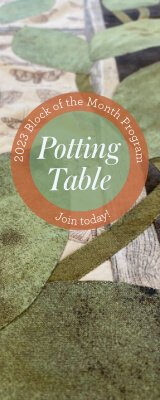
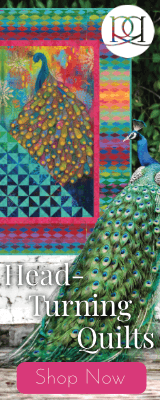
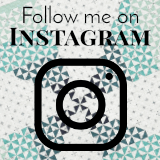


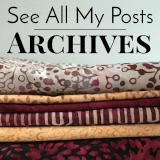
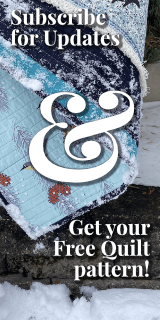
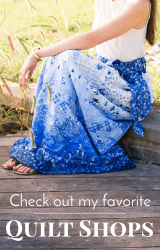
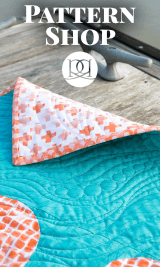
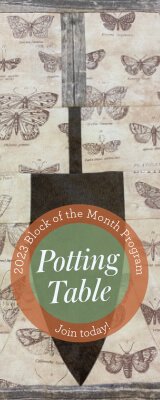

Thanks for sharing! It IS a neat trick and I will be using this soon!
I’m so glad to hear it! Sometimes the most simple things are the most brilliant.
I I use this for machine embroidery 🧵 it’s wonderful!!
Isn’t it just?!